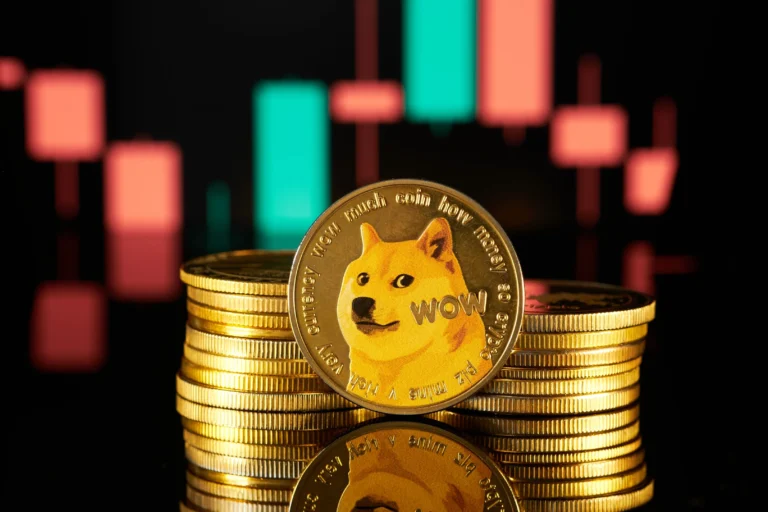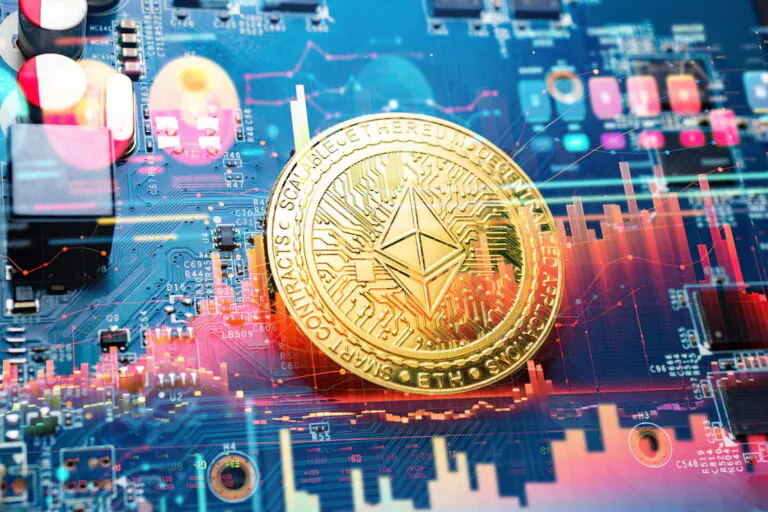Dogecoin (DOGE) with the image of a Shiba Inu dog called Kabosu as its logo, is one of the most popular and successful memecoins. It is considered an altcoin and was launched in December 2013.

What is Kusama Cryptocurrency (KSM)?
What is Kusama Cryptocurrency (KSM)?
What is Kusama KSM cryptocurrency? Features how to buy and sell Kusama
We continue to introduce you to interesting crypto projects that have unique features, and in this article we would like to tell you more about Kusama.
What is Kusama (KSM)?
Kusama is nothing but a blockchain platform.
Before launching new updates for Polkadot, they are tested on this network, that is, all testings of Polkadot applications take place directly on the Kusama network, for which it was actually created. In other words, Kusama is a kind of sandbox for developers, but it has both its own crypto and market value. The Kusama network is also called the “canary” network, because it is the first to show problems in new projects that can be erased any time.
Kusama has its own KSM token, the main functionalities of which are:
- validation and subsequent approval of blocks, as well as network transactions;
- with their help, you can vote for the addition of new projects;
- performs the function of a certain mechanism when participating in crowdloans.
When and by whom was the Kusama cryptocurrency created?
The KSM cryptocurrency was founded by Gavin Wood and released on August 23, 2019.
Gavin founded not only the Kusama project, but also many other crypto projects such as Polkadot, Ethereum, Parity Technologies, Grid Singularities, and the Web3 Foundation.
Before joining crypto projects, Wood worked as a research assistant at Microsoft, in addition in consulting, development and management of other smaller companies.
Gavin Wood made friends with crypto in 2013 when he managed to develop Solidity, which later became the programming language for Ethereum. The same year, he wrote the Yellow Book, which was able to describe the Ethereum virtual machine.
After a while, Gavin became the very first CTO of the Ethereum Foundation, a little later – a co-founder of Parity Technologies, which provides the basic infrastructure for cryptocurrencies such as Ethereum, Zcash, Bitcoin and Polkadot.
KSM Features
Kusama is different from other cryptocurrencies, because it was created specifically for developers whose projects are decisive, distinctive and at the same time, thanks to the platform, quick to launch.
Kusama developers have an opportunity to take advantage of new technologies from Parity Technologies and the Web3 Foundation before this functionality appears in Polkadot. Thus, the programmers of the project can get the most progressive innovations, implementing which they can be many times ahead of their competitors.
The peculiarity of KSM also lies in the fact that the addition of new resources is due to the segmentation of blockchains and open management, in order to make a profitable base for companies, commercial platforms and applications.
It is also important to remember that the Kusama project, built on Substrate, allows you to combine a pair of blockchains into a single joint network, allowing developers to create their own blockchains for the right applications and easily connect them to Kusama.
The principle of operation of the KSM token
The network itself makes it possible to build such types of blockchains: relay chains and parachains. Let’s take a closer look at what they are.
The relay chain is Kusama’s main blockchain, and this is where transactions end. To achieve high speed, the relay chain separates the attachment of the latest transactions from the work to confirm them. In order for the network to work according to the order of the system, Kusama uses a type of Proof of Bet (PoBet) consensus, referred to Proof of Named Bet (NPoS), thanks to which everyone who makes a choice in favor of kusama token, fixing the crypto in an individual contract, will be able to carry out the necessary functionality:
- Validators – take part in the agreement and vote for the amendments that are proposed on the network, explore the abilities in the parachain blocks.
- Nominators – send their KSM tokens, stake on validators, as a result they give them their own votes. They also protect the relay chain by choosing reliable validators.
Another kind of customized blockchains are parachains. Thanks to them, the computing reserves of the transaction verification relay chain are used. They are created by third party developers and used to run the application.
In the Kusama network, users can choose multiple roles, just like in Polkadot:
- Creators – take part in the launch of parachains, bridges, parathreads, or other foundations of the network. Everyone works as separate teams and personal developers. There are a number of reasons why developers choose Kusama. Firstly, it uses the same code base as Polkadot, which means that if you know one of the networks, it will not be difficult to understand this one. Secondly, the process of working with Kusama is many times faster than in Polkadot. Thirdly, ready-made code can be easily transferred among networks. And fourthly, the price, since the start, is much more affordable.
- Escorts. Just like Polkadot, the Kusama network is based on users who play an escort role, these include: nominees, sorters, validators, and managers. Together, they allow you to establish a secure and stable network.
- Actions start with the nominees, and then they choose the validators. Anyone can take the role of nominator. You just need to choose a validator by transferring your tokens to his use, but he, in turn, distributes with you a percentage of rewards from earnings for increasing blocks.
- The sorter, in turn, is responsible for creating blocks in the parachains, which consist of new transactions.
- Then the validators together make a decision that from all the blocks is the most consistent with the position of the parachain, enter it into the relay chain, supporting it and adding new blocks, having formed an agreement with different validators. As a result, they receive their rewards for their own contribution, but at the same time they risk being fined if they harm the system. Validators are selected every day.
- Managers – they can also be joined by any user who has a sufficient amount of KSM in use, as well as the ability to send recommendations for voting (every 8 days, depending on the volume).
Differences between Kusama and Polkadot
Kusama is positioned as the “canary network” for the Polkadot blockchain. That is, the network provides a preliminary test of the code, which is available before the launch on Polkadot occurs.
One of the significant differences between networks is speed. Kusama takes seven days to vote, but eight days to make changes after voting. In Polkadot, for example, it takes a month to vote.
Another difference is that to become a validator on Kusama, there are lower staking requirements than on Polkadot.
Yes, Kusama was created as a platform for improving projects before launching on Polkadot, but it may happen that a large number of projects will continue to develop on Kusama.
Forecast of the Kusama cryptocurrency
There are several factors that can affect the price of Kusama. One of the factors is the supply, which is prone to inflation, like Polkadot, that is, the larger the supply, the lower the price of the asset. Inflation is used to pay the reward for stacking, and as a result, people can start buying and betting, this will eventually increase the price.
According to forecasts, the price of the token should peak during 2022, around $934.68 USD.
At the time of writing, the Kusama price is $49.39 USD with a daily trading volume of $100,495,525 USD. Over the last 24 hours, we see that the price has increased by 8.65%.
Is it worth buying Kusama? If you have a choice in buying cryptocurrencies, it is definitely worth buying Kusama, first of all it will be a very profitable investment for you. Further, when working, you will see that the speed of work, unlike Polkadot, is several times faster.
As an important part of Polkadot’s decentralized Web 3.0, Kusama (KSM) is fairly understated in its market price. Starting from the lowest level of the sum of $0.87 USD to the highest record value of more than $588 USD, Kusama (KSM) is performing quite well on the market. It is the use of the blockchain system and the ability to test blockchain projects and applications before opening Polkadot that is the advantage of Kusama (KSM), which makes it one of the most important participants in the development of Polkadot, and the cryptocurrency itself is a profitable asset.
If you are interested in how to buy Kusama today, we suggest you do it using our website.
Start your crypto exchange with Coin24

Exchange BTC, ETH, USDT and more — cash or card

Secure and fast crypto exchange since 2018



